Categories
Recent Posts
- Football: Panthère du Ndé Wins Cameroon Cup 2025
- Fifa brings in new £45 ticket for 2026 World Cup
- President Sisiku Ayuk Tabe, top aides to appear before the Supreme Court
- Pressure mounts on Biya as speculation grows over possible replacement of Ngute
- 2025 is the year when Biya’s long rule finally lost its last convincing justification
Archives
- December 2025
- November 2025
- October 2025
- September 2025
- August 2025
- July 2025
- June 2025
- May 2025
- April 2025
- March 2025
- February 2025
- January 2025
- December 2024
- November 2024
- October 2024
- September 2024
- August 2024
- July 2024
- June 2024
- May 2024
- April 2024
- March 2024
- February 2024
- January 2024
- December 2023
- November 2023
- October 2023
- September 2023
- August 2023
- July 2023
- June 2023
- May 2023
- April 2023
- March 2023
- February 2023
- January 2023
- December 2022
- November 2022
- October 2022
- September 2022
- August 2022
- July 2022
- June 2022
- May 2022
- April 2022
- March 2022
- February 2022
- January 2022
- December 2021
- November 2021
- October 2021
- September 2021
- August 2021
- July 2021
- June 2021
- May 2021
- April 2021
- March 2021
- February 2021
- January 2021
- December 2020
- November 2020
- October 2020
- September 2020
- August 2020
- July 2020
- June 2020
- May 2020
- April 2020
- March 2020
- February 2020
- January 2020
- December 2019
- November 2019
- October 2019
- September 2019
- August 2019
- July 2019
- June 2019
- May 2019
- April 2019
- March 2019
- February 2019
- January 2019
- December 2018
- November 2018
- October 2018
- September 2018
- August 2018
- July 2018
- June 2018
- May 2018
- April 2018
- March 2018
- February 2018
- January 2018
- December 2017
- November 2017
- October 2017
- September 2017
- August 2017
- July 2017
- June 2017
- May 2017
- April 2017
- March 2017
- February 2017
- January 2017
- December 2016
- November 2016
- October 2016
- September 2016
- August 2016
- July 2016
- June 2016
Featured
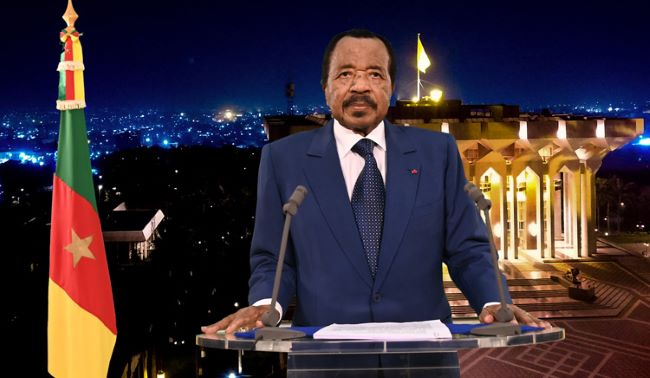 2025 is the year when Biya’s long rule finally lost its last convincing justification
2025 is the year when Biya’s long rule finally lost its last convincing justification 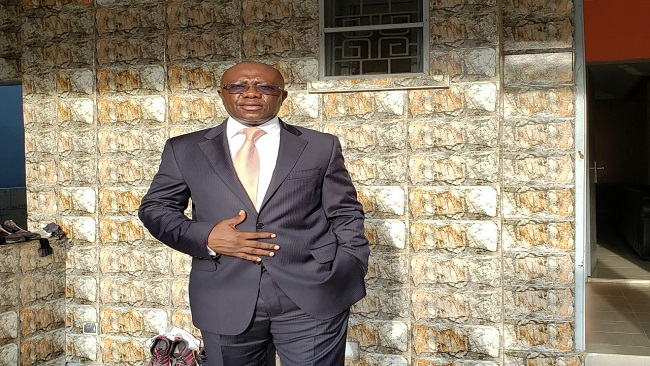 Young Cameroonians: Build social capital to succeed
Young Cameroonians: Build social capital to succeed  Eulogy for HRH Nfor Professor Teddy Ako of Ossing
Eulogy for HRH Nfor Professor Teddy Ako of Ossing 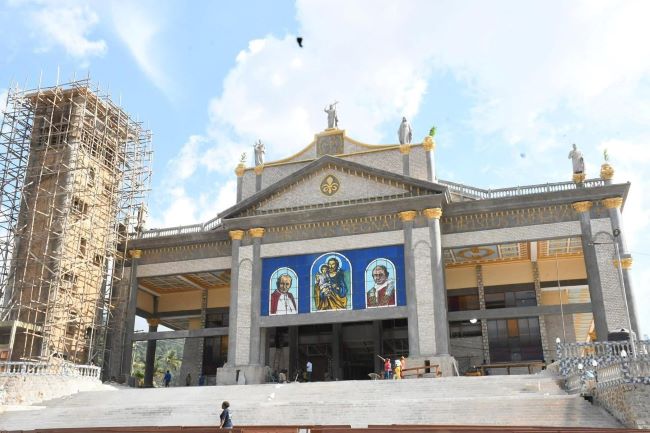 Will Fr. Paul Verdzekov recognize the refurbished and rededicated Cathedral in Bamenda were he to return today?
Will Fr. Paul Verdzekov recognize the refurbished and rededicated Cathedral in Bamenda were he to return today?  Cameroon apparently under a de facto federalism
Cameroon apparently under a de facto federalism
Most Commented Posts
 4 Anglophone detainees killed in Yaounde
4 Anglophone detainees killed in Yaounde
18 comments Chantal Biya says she will return to Cameroon if General Ivo Yenwo, Martin Belinga Eboutou and Ferdinand Ngoh Ngoh are sacked
Chantal Biya says she will return to Cameroon if General Ivo Yenwo, Martin Belinga Eboutou and Ferdinand Ngoh Ngoh are sacked
13 comments The Anglophone Problem – When Facts don’t Lie
The Anglophone Problem – When Facts don’t Lie
12 comments Anglophone Nationalism: Barrister Eyambe says “hidden plans are at work”
Anglophone Nationalism: Barrister Eyambe says “hidden plans are at work”
12 comments Largest wave of arrest by BIR in Bamenda
Largest wave of arrest by BIR in Bamenda
10 comments
Latest Tweets
Featured
-

Football: Panthère du Ndé Wins Cameroon Cup 2025
-

Fifa brings in new £45 ticket for 2026 World Cup
-

President Sisiku Ayuk Tabe, top aides to appear before the Supreme Court
-
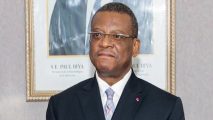
Pressure mounts on Biya as speculation grows over possible replacement of Ngute
-

2025 is the year when Biya’s long rule finally lost its last convincing justification
-
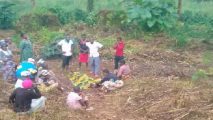
Armed Mbororo tribesmen killed 8 in Southern Cameroons’ new war
-
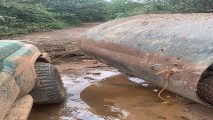
Southern Cameroons Crisis: Atanga Nji Boys abduct 8 people en route to Kumbo
© Cameroon Concord News 2025
4, June 2024
Southern Cameroons Rebellion: A major and forgotten crisis 0
In its report on the world’s most neglected crises, the Norwegian Refugee Council highlighted Cameroon, a country struck by two conflicts that barely make the headlines.
The major crises dividing Cameroon remain largely unnoticed on the international agenda, the Norwegian Refugee Council (NRC) noted in its June 3 report. Almost no one mentioned the war or the Lake Chad crisis impacting the two Anglophone regions since 2017.
Anglophone rebellion
The conflict in the Northwest and Southwest Anglophone provinces began in 2017 following a crackdown by security forces on the 2016 protests, which demanded an end to the marginalization of Anglophones in this predominantly French-speaking country. In response to the military and police brutality, an Anglophone independence movement took up arms and attacked government representatives. This led to the military’s mobilization and intervention in the two provinces. Since then, violence has continued between both sides, with each committing atrocities and holding the population hostage.
Schools especially targeted
The Anglophone crisis has claimed over 6,000 lives since 2016, according to Human Rights Watch. The crisis has displaced 638,000 people within the country. Schools are a particular target for the separatists: 2,245 schools, or 36% of the educational institutions in the anglophone region, have been forced to close. The NRC noted that residents suffer terrible hardships, ranging from murder to kidnapping.
Cameroon is grappling with deteriorating security in its northern region bordering Nigeria and Chad. Since 2013, the area has been disrupted by attacks from the Nigerian-based jihadist group Boko Haram. The group’s presence was bolstered by the Cameroonian government’s inability to secure its borders with Nigeria and Chad and its failure to develop the region increasingly affected by climate change, leading to youth unemployment and poverty.
Impact of the crisis in the Central African Republic
Cameroon has also been dealing with the influx of refugees fleeing neighboring countries, primarily the Central African Republic. According to the UNHCR, there are 332,000 refugees, mostly settled in towns and villages in eastern Cameroon. Additionally, nearly 120,000 Nigerian refugees are living in the Far North region. “52% of the refugees are women and girls, and 55% are children,” the UNHCR reported.
“The prolonged crisis is increasingly taking on a socio-economic dimension, with all sectors of the economy affected and rising food prices exacerbating rampant food insecurity. At least 2.5 million people are dangerously short of food,” the NRC observed, noting that only “32% of the humanitarian response plan was covered by international donors, the lowest rate since 2016.” The NRC concluded: “The growing levels of unmet needs, coupled with a lethargic response from the international community, mean that another difficult year awaits Cameroon in 2024.”
Each year, the NRC publishes a report on the ten most neglected crises affecting displaced people worldwide. It aims to highlight the plight of the displaced who rarely make international headlines, receive little or no aid, and are ignored by international diplomacy.
Culled from Crux International by Besong Eunice Nchong